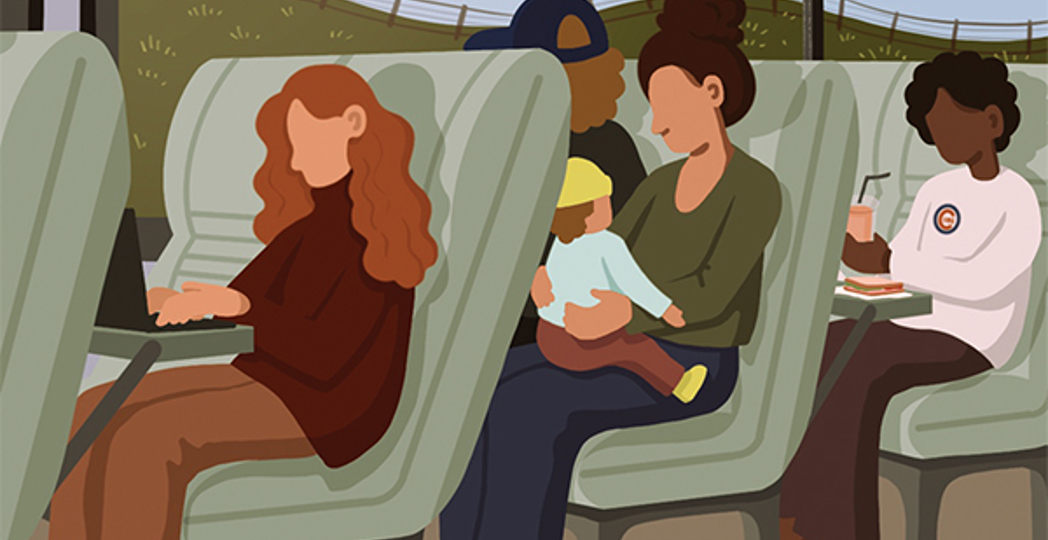Amtrak's New Proposal Looks to Add Rail Service in Ohio
by Lynne Thompson | Feb. 8, 2022 | 1:00 PM

Jenna Wilusz
In 2010, Ohio received $400 million in federal funding to develop Amtrak passenger rail service between Cleveland, Columbus, Cincinnati and Dayton. The national rail system’s 3C&D line was a potential dream come true for traffic-weary drivers, environmentalists and anyone who depended on public transportation. That plan, however, was derailed by then-incoming Ohio Gov. John Kasich, who returned the money to the feds, citing concerns about the state’s obligation to support the new service.
But hopes of riding a 3C&D line have been revived with Congress’s passage of the Infrastructure Investment and Jobs Act, which includes $66.1 billion for rail service in Ohio and beyond.
“You are talking about the most densely populated corridor in the state of Ohio,” says Stu Nicholson, executive director of the advocacy group All Aboard Ohio.
“There are business relationships that tend to be connecting those cities,” adds Amtrak spokesman Marc Magliari. “And there’s family relationships and school relationships.”
Nicholson notes that drivers traveling for business could use the time comfortably ensconced on a train, connected to Wi-Fi and working on their laptops. “You can start your business day the moment you get on the train,” he says, adding that an increasing number of people don’t want the expense and hassle of maintaining a car.
“We’ve got roughly between 6% to 8% of Ohio’s population that does not drive,” he says.
Even if planning started today, the 3C&D line wouldn’t transport its first passengers until 2025 at the earliest. There are a lot of details to work out, with funding at the top of the list.
And officials in states where Amtrak is proposing expanded service have to get on board and say they want it. So far, the response from Ohio Gov. Mike DeWine has been noncommittal.
“The most we’ve been able to get from the governor’s office is a spokesperson saying, ‘Well, we’re looking into it,’” says Nicholson, stressing the economic benefits of the project. “If you make your population more mobile, you enlarge the available workforce for any company that wants to either locate or expand in Ohio.”
Nicholson believes that the line has a better chance of becoming a reality than it did 11 years ago when funding was much skimpier.
“Congress put $66.1 billion, with a ‘b,’ on the table,” he adds. “That’s real money. And that has changed the dynamic.”
Trending
-
1
-
2
-
3
-
4
-
5










